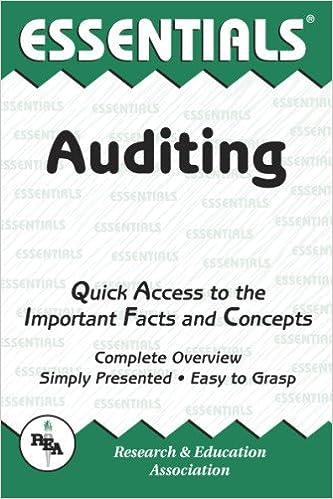Answered step by step
Verified Expert Solution
Question
1 Approved Answer
At January 1, 20X2, Trotter, Inc. has the following outstanding: Common stock: 250,000 shares, exist0.50 par Preferred stock: 30,000 shares, 6%, exist50 par, cumulative, non-callable,

Step by Step Solution
There are 3 Steps involved in it
Step: 1

Get Instant Access to Expert-Tailored Solutions
See step-by-step solutions with expert insights and AI powered tools for academic success
Step: 2

Step: 3

Ace Your Homework with AI
Get the answers you need in no time with our AI-driven, step-by-step assistance
Get Started


